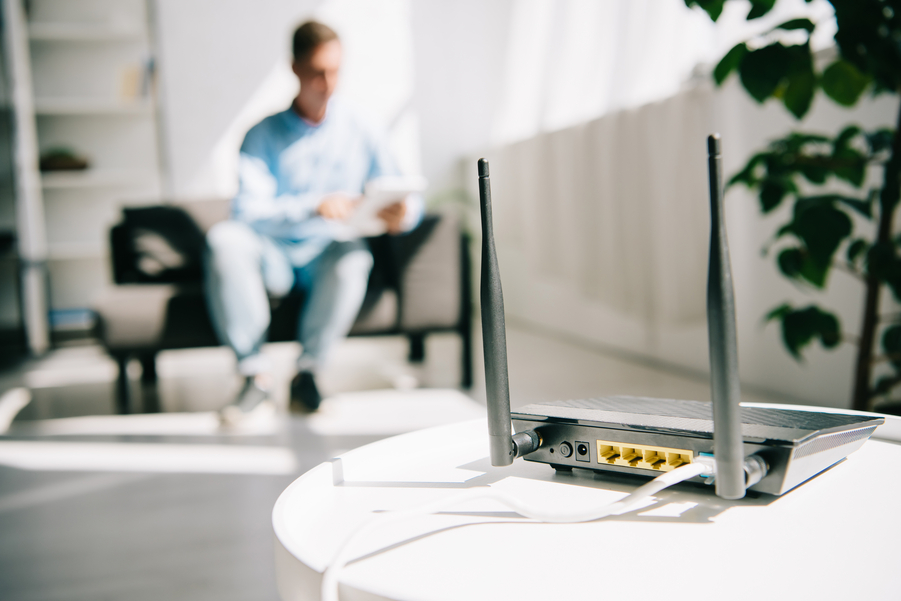How to Get Speedy, Reliable Connections at Home
Whether it’s schmoozing at a cocktail hour or syncing devices to the internet, the term “networking” is all about making connections. In a home network, this usually means connecting electronics to each other and the internet.
Many people’s home network merely consists of a router that supplies Wi-Fi to their phones, laptops, and TVs. But a wireless router isn’t the only way to build a home network. In fact, you can enjoy a well-running smart home with speedy connections across your entire house by upgrading your home networking with the right cabling and hardware.
If your Denver, CO home is experiencing slow or unresponsive internet in any area, it’s time for a network upgrade. Here’s how networks work and how we can improve yours!
SEE ALSO: 4 Reasons Not to Choose DIY Smart Home Integration
3 Ways to Home Network
Not all home networks look alike. We build home networks in the following three formats:
- A wired network, which connects electronics to the internet with cables.
- A wireless network, which connects devices to the internet over Wi-Fi
- A hybrid network, which uses both wired and Wi-Fi connections.
All three networks have their advantages and disadvantages. Wired connections are much more reliable than Wi-Fi and are sometimes crucial in hard-to-reach areas. For example, if you depend on the internet in the home theater but you receive weak signals there, it may be more secure and reliable to use wiring instead.
Of course, wiring all your devices may not be a practical option. Wi-Fi is convenient for on-the-go gadgets like laptops, phones, and tablets. But if you depend on smart home devices like security cameras and thermostats, a hybrid network will provide wiring to essential areas and Wi-Fi in others.
How We Build Networks
The basics of all home networks start with an internet service provider. From there, ethernet cables provide data connections to your modem and router. Next, the router sends Wi-Fi signals to all wireless devices. And if we’re building a wired or hybrid network, we’ll run cables from the router to your home devices.
How to Improve Your Home Network
If your Netflix or Hulu nights stall on buffering screens, and if your video calls freeze, it’s probably time for a network upgrade. Large homes and estates can’t rely on a single router to provide enough coverage. And smart homes need extra support to ensure your system responds to commands seamlessly.
How do we upgrade home networks? First, we may install wireless access points (WAP) to extend the Wi-Fi’s range. We wire the WAPs to the router, so it can rebroadcast signals to Wi-Fi dead zones.
But if your wireless network is crowded with devices, we’ll connect some devices and rooms with cables. This will clear traffic on the wireless network and boost performance across all your technology.
Upgrade Your Network with Electronic Integration
Ready to say goodbye to slow and unreliable Wi-Fi? We know that not every home is one-size-fits-all. If you’d like to learn more about our home networking services, contact Electronic Integration today!


